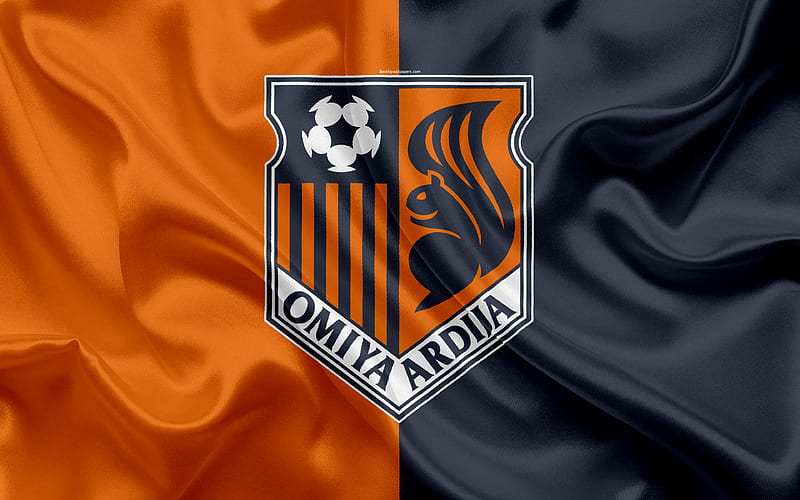The tactical evolution of Omiya Ardija FC is a testament to the club’s commitment to adapting to the dynamic nature of football. Over the years, the club has reinvented its playing style to stay competitive in the ever-evolving landscape of Japanese football. The analysis of this tactical evolution unveils the intricate strategies that the coaching staff has implemented to align with the strengths of their players while countering the tactics of their opponents.
Historical Perspective on Omiya Ardija FC
Understanding the tactical evolution of Omiya Ardija FC requires a historical perspective on how football philosophies have shifted over time. The club’s early years were characterized by a more traditional approach, focusing on physicality and direct play. However, as football has transformed with the introduction of concepts such as possession-based football and pressing systems, the club has been compelled to adapt OK9.
In recent years, there has been a noticeable shift towards a more fluid, possession-oriented style of play. The integration of a high-pressing system allows the team to regain possession quickly and maintain a dominant position in matches. This tactical shift reflects the broader trends in football, where teams that embrace proactive styles tend to have a competitive edge.
The evolution from a reactive to a proactive style underscores the importance of adaptability in football. Omiya Ardija FC’s willingness to evolve illustrates a keen understanding of how tactical flexibility can serve as a significant advantage, allowing the team to compete against more established clubs in the J-League.
Key Tactical Adjustments Made by the Coaching Staff
Omiya Ardija FC’s coaching staff has made several critical tactical adjustments to enhance performance over the past few seasons. One notable adjustment is the emphasis on overlapping movements from full-backs, providing width and creating space for attacking plays. This tactic not only stretches opposing defenses but also ensures that wingers have the necessary support to implement their strategies effectively.
Additionally, the incorporation of varied set-piece routines has become a focal point for the club. Strategically rehearsed set-pieces can turn games around, leading to crucial goals at pivotal moments. The coaching staff’s attention to detail in rehearsing these scenarios highlights the club’s commitment to maximizing every aspect of play, especially those areas that can sway matches in their favor.
The analytical approach employed by the coaching staff, coupled with real-time adjustments during matches, further supports the club’s ambitions to maintain a competitive edge. By continuously assessing the effectiveness of tactics, Omiya Ardija FC aims to create an adaptable playing environment capable of addressing the fluid nature of live football encounters.
Adapting to Opposing Styles and Strengths
A key element in Omiya Ardija FC’s tactical evolution is their ability to adapt to the strengths and weaknesses of their opponents. This keen sense of observation during both pre-match analysis and in-game strategies reflects a sophisticated understanding of the game. Recognizing how to exploit opposing teams’ vulnerabilities is a crucial factor in tactical play.
For instance, when facing teams that favor a high defensive line, Omiya Ardija FC has effectively utilized players with speed to execute counter-attacks. This enables the team to bypass midfield congestion and create immediate threats on goal. Conversely, against teams that employ a more defensive posture, the focus shifts to ball circulation and maintaining possession to draw defenders out of position.
This adaptability showcases the coaching staff’s foresight in developing a versatile tactical framework that empowers players to think independently on the pitch. Such improvisation under pressure can give the team a significant advantage, allowing them to respond dynamically to the unfolding events of the match.
